Trump-backed peace plan lands in Kyiv, testing Ukraine’s resolve amid war and corruption scandal
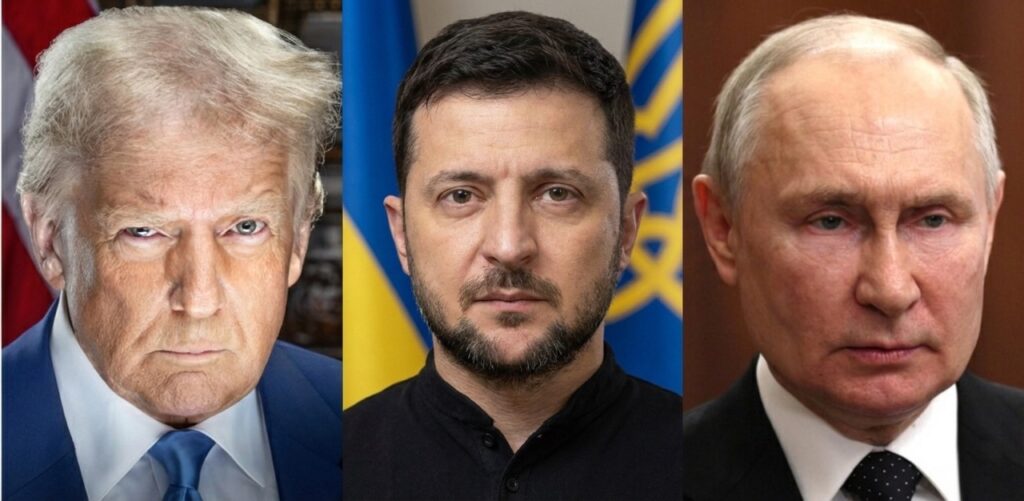
Ukrainian President Volodymyr Zelenskyy has now received the Trump-backed Ukraine peace plan from the US side, but its full contents have not yet been made public officially. The initiative, discussed in recent weeks between a Trump-linked team and senior Russian figures, is reportedly designed to ask Ukraine to surrender additional territory in the east and accept tight limits on its armed forces and long-range weapons in return for a US-brokered security arrangement for Ukraine and Europe, according to a leaked outline obtained by AP.
First reported by Axios, the 28-point document was crafted by Trump associate Steve Witkoff and Kremlin-linked financier Kirill Dmitriev after talks in Miami, building on principles floated at Trump’s August summit with Russian President Vladimir Putin in Alaska. According to Western accounts of the draft, it would see Kyiv recognise Russian control over more of Donbas, accept Russian as an official language, grant formal status to the Ukrainian branch of the Russian Orthodox Church, and bar permanent Western troop deployments while scaling back US military aid.
Taken together, the emerging contours point to a framework that leans heavily on Ukrainian concessions while promising to recalibrate, rather than strengthen, Western military backing—a combination that has alarmed officials in Kyiv and raised questions in European capitals over whether Washington is edging toward a “land-for-peace” formula long rejected by Ukraine’s leadership.
Zelenskyy backs US leadership, rejects “reward” for aggression
On 19 November, during a visit to Ankara, President Volodymyr Zelenskyy said Ukraine is ready to work with the United States and its partners on any format that can bring a real end to Russia’s war. In a post on Facebook reflecting his talks in Türkiye, he wrote that only President Donald Trump and the United States “have sufficient strength for the war to finally come to an end” and that Ukraine is “ready to work in any other meaningful formats that could yield results”, provided American leadership remains “effective, strong” and focused on a lasting peace.
On 20 November, Zelenskyy’s office said he had officially received from the United States a draft peace plan that, in Washington’s view, could “reinvigorate diplomacy”. In a statement on the President’s Office Telegram channel, it is said that he had outlined principles important for Ukrainians, reiterated that "Ukraine has sought peace since the first moments of Russia’s invasion and supports all meaningful proposals"— including President Trump’s initiatives this year to stop the bloodshed.
“We are ready to work constructively with the American side and with our partners in Europe and across the world so that the result is peace,” the statement said. “In the coming days, the President of Ukraine expects to discuss with President Trump the available diplomatic options and the key points needed for peace.”
Blueprint or “information operation”?
At home, senior officials have been more direct in their criticism of the blueprint. First Deputy Foreign Minister Serhiy Kyslytsya, in a post on X, called the plan a Soviet-style “information‑psychological operation aimed at sowing panic and splitting society rather than a serious peace proposal.”
Ukrainian media and experts have reacted no less bluntly to the leaked US–Russia proposal. Ukrainian outlet Radio Svoboda writes that the 28-point “Witkoff plan” “largely corresponds to the Kremlin’s demands”—demanding territorial concessions, a rollback of NATO ambitions, cuts to the army and Western military assistance—and cites analysts who deem the proposals “harmful” and warn they would leave Ukraine more vulnerable to renewed Russian aggression.
Europeans demand a seat at the table
News that the plan was prepared largely without Kyiv or major European capitals has provoked a sharp response in Brussels and across key EU member states. European foreign ministers meeting in Brussels on 20 November warned that any arrangement negotiated over Ukraine’s head would lack legitimacy and durability, according to reports in outlets such as Euronews.
EU foreign policy chief Kaja Kallas said Europeans support “a long-lasting and just peace” and “welcome any efforts to achieve that,” but stressed that “for any plan to work, you need Ukrainians and Europeans on board.” “Putin could end this war immediately if he’d just stop bombing civilians and killing people, but we haven’t seen any concessions on the Russian side,” she added, and, asked if there had been any European engagement in writing the reported plan, replied: “Not that I know of.”
Dutch Foreign Minister David van Weel likewise underlined that Europe had not been consulted. “No, we have not been involved in the plan,” he said, adding that “what’s important for us is that whatever peace plan is on the table, Ukraine is behind it.” “Without the buy-in of Ukraine, you won’t get the support of the Europeans.”
France’s Europe minister Jean-Noël Barrot said “discussions should start with a ceasefire on the contact line that allows for negotiations on the question of territories and on the question of security guarantees.” “The only obstacle to such ordered discussions, so far, is Vladimir Putin,” he added.
Washington walks a fine line
Washington has now moved from back‑channel drafting to formally putting the proposal in Kyiv’s hands. According to the Financial Times (subscription), a US delegation delivered the 28‑point plan to Zelenskyy in Kyiv this week, with US Secretary of the Army Daniel Driscoll tasked with walking Ukrainian officials through the document and then sounding out Moscow on next steps. US officials quoted in American media describe the plan as a “comprehensive framework” and say both sides will have to make “realistic” and “necessary” concessions, signalling Washington’s readiness to push Kyiv toward compromises it has previously ruled out.
For the Trump administration, Zelenskyy’s decision is shaped not only by the frontline situation but also by a deepening corruption scandal at home. Investigations into alleged $100m kickback schemes in the state nuclear sector have already forced the resignation of two ministers and implicated a former close associate of the president, prompting what The Guardian calls the worst corruption crisis of his tenure. Analytical centers such as OSW and other Ukrainian outlets note that the affair has shaken public trust in the president’s inner circle and fuelled calls from opponents for a broader reset of his team.
Moscow: No “novations” to announce
Russian state media, including RIA Novosti and TASS, have seized on Western reporting about the plan, highlighting proposed cuts to Ukraine’s army and recognition of Russian control in occupied regions as proof that Moscow’s maximalist demands are finally being heard.
Officially, however, the Kremlin is keeping its distance. Spokesman Dmitry Peskov has told Russian outlets that there are “no novelties” in the dialogue with Washington beyond what was already discussed at the Alaska summit and that Moscow has “nothing to add” on any alleged 28-point proposal. The Foreign Ministry has likewise said it has received no formal documentation from the US and insists any credible process must address Russia’s broader “security concerns” in Europe, including NATO expansion.
What comes next
A US military and diplomatic delegation is in Kyiv this week to brief Zelenskyy and his team on the proposed framework, even as Russian missile and drone attacks continue to kill civilians and devastate infrastructure in Ukrainian cities.
For now, the Trump-backed blueprint has reignited expectations of new peace talks against the backdrop of a postponed meeting between Trump and Putin in Bucharest and fresh energy sanctions against two major Russian companies—developments that may increase pressure on Moscow to engage in negotiations, or at least to appear to do so, as it has on many occasions in the past.
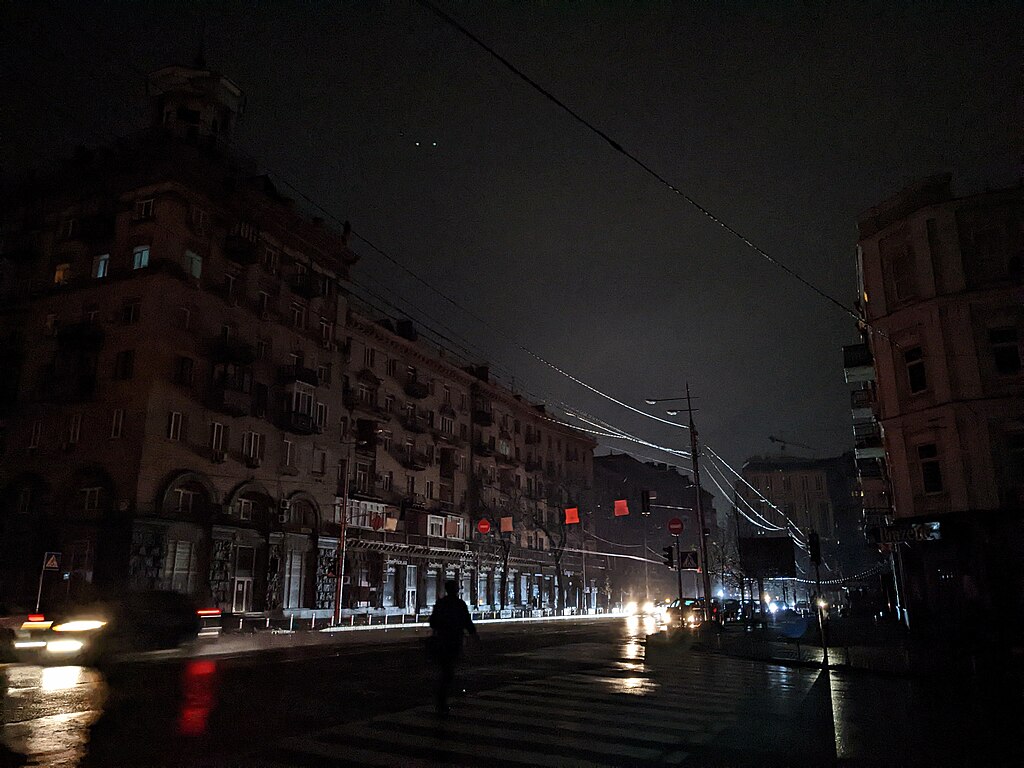

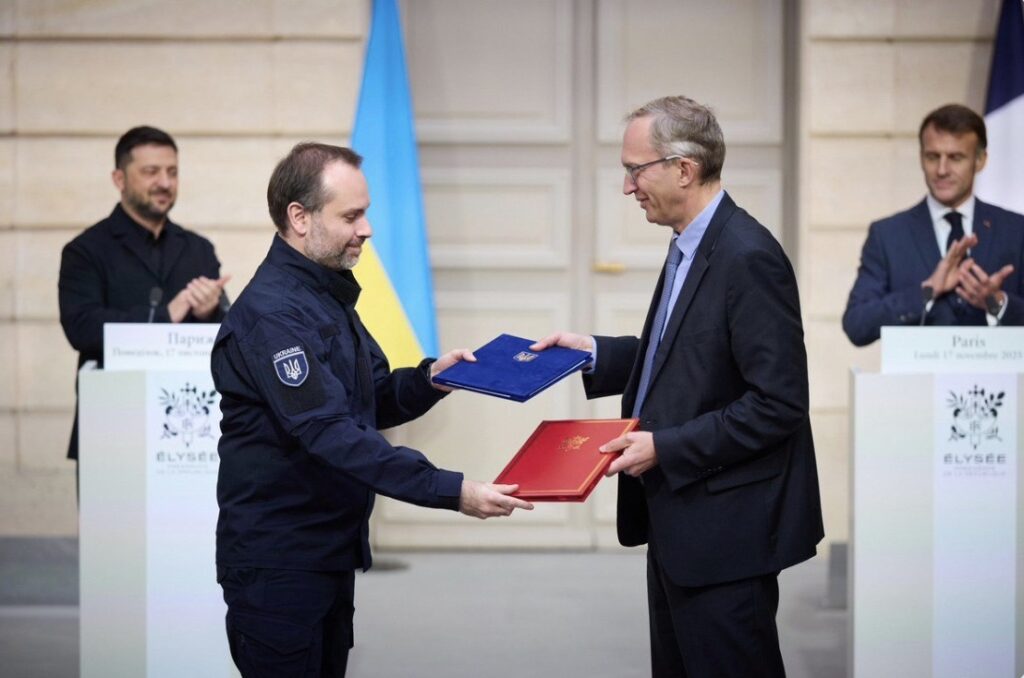



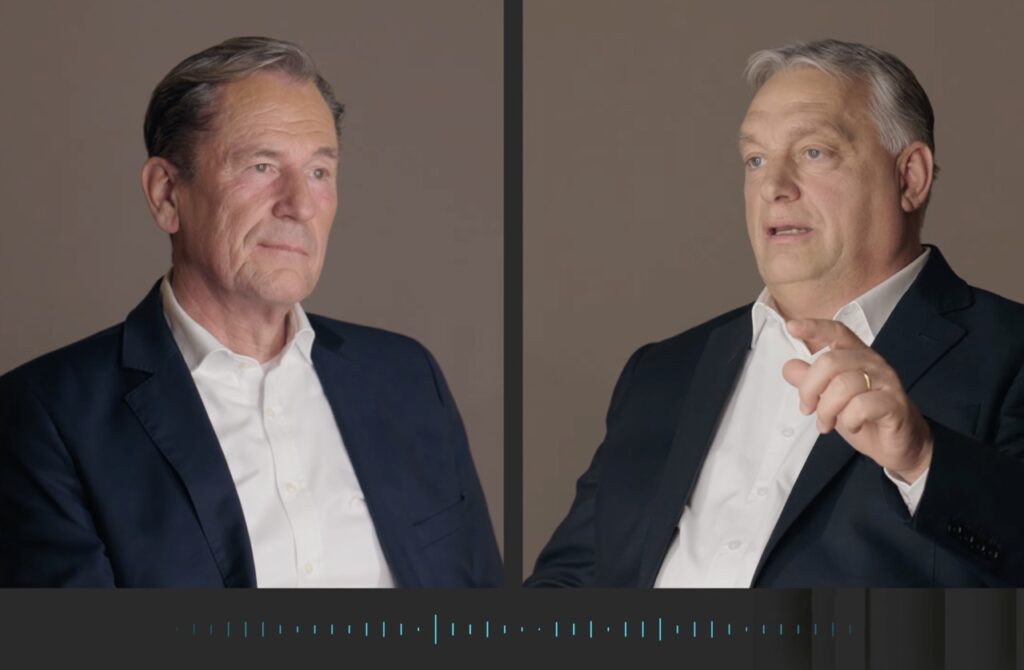



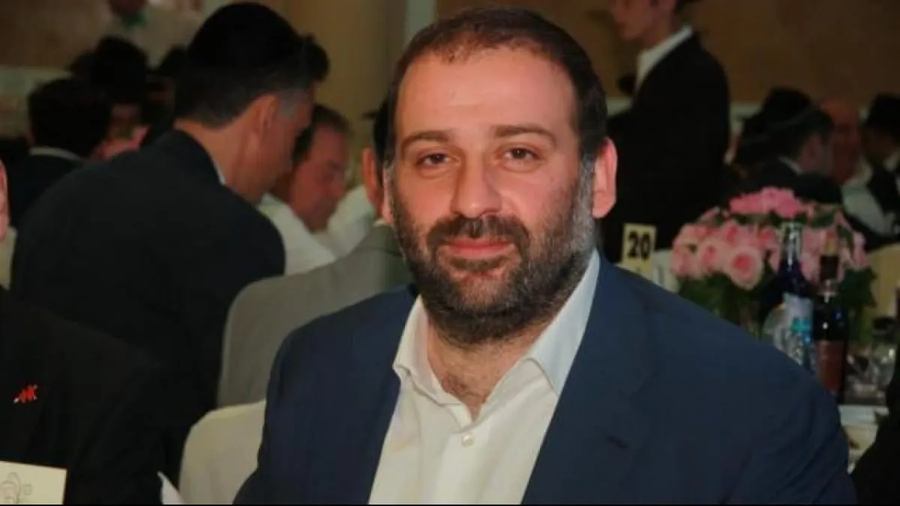
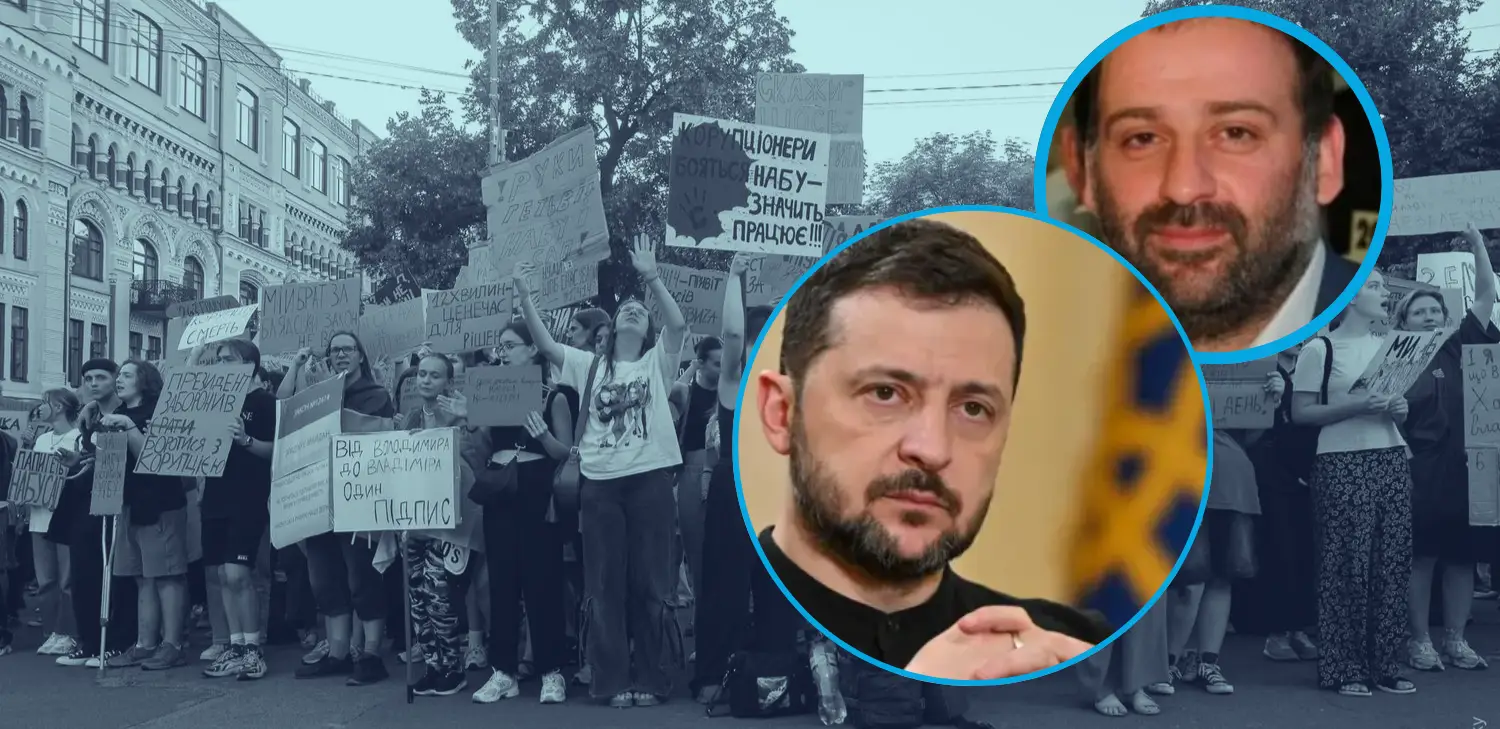

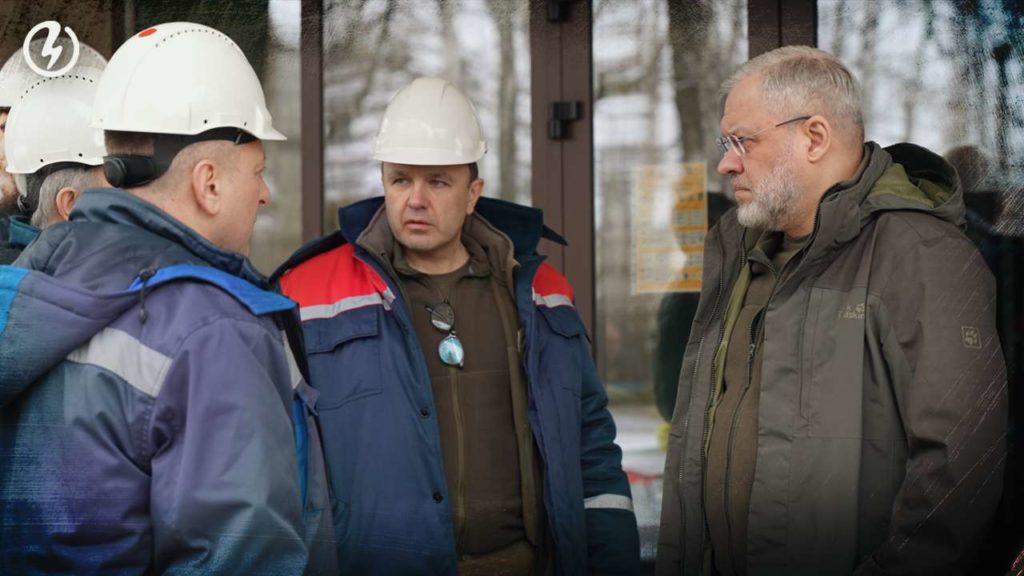










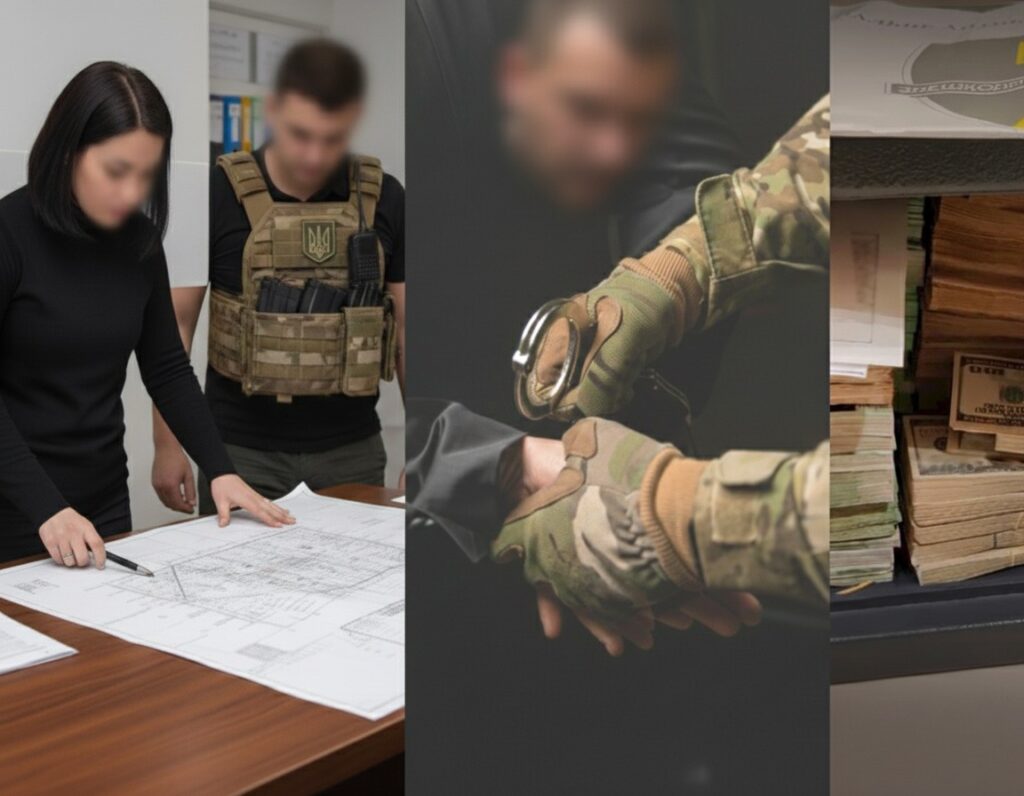




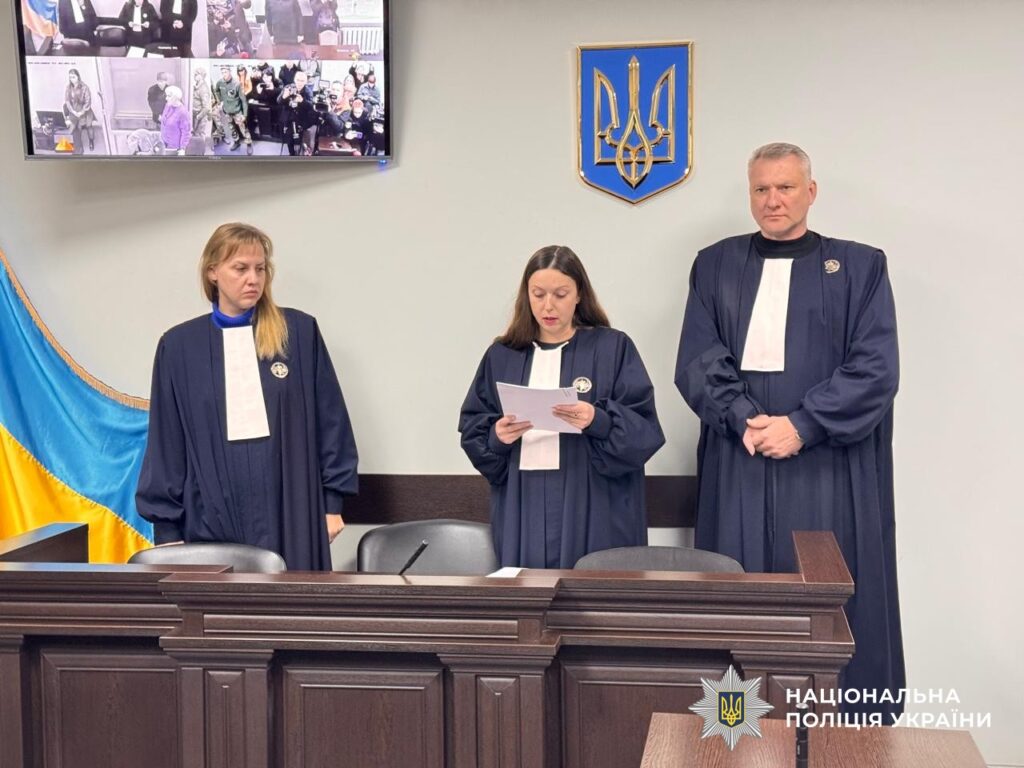

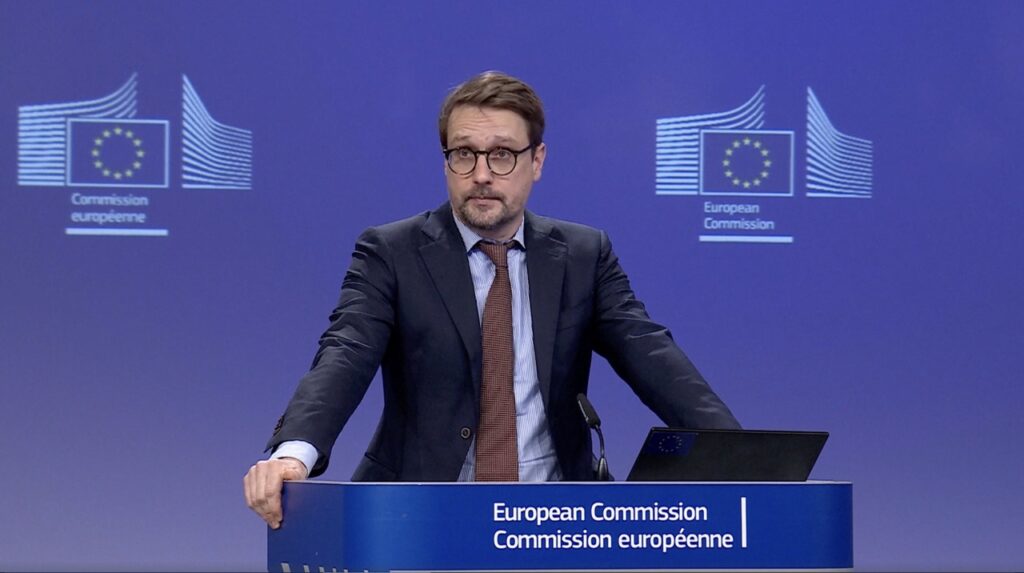


 by Safe Pro, uses artificial intelligence and computer vision to analyze aerial imagery captured by commercially available drones. The AI is trained to detect small, hard-to-find explosive threats that may be missed by the human eye. This data is then converted into detailed 2D and 3D maps that guide humanitarian demining teams on the ground.
by Safe Pro, uses artificial intelligence and computer vision to analyze aerial imagery captured by commercially available drones. The AI is trained to detect small, hard-to-find explosive threats that may be missed by the human eye. This data is then converted into detailed 2D and 3D maps that guide humanitarian demining teams on the ground.


